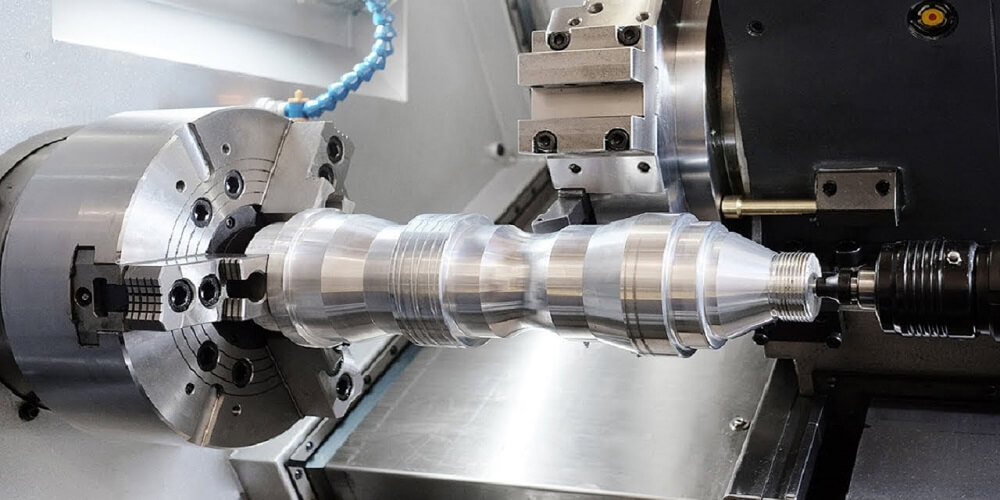Although CNC Milling and CNC Turning invariably result in the same thing, both processes are different in a lot of ways.
It is common for most customers to use CNC Machining services while addressing this concept. But very few of them are aware of the difference.
Both of them use pre-programmed computer software to direct the cutting process. But every machinist must be able to tell the differences between these two processes.
What is CNC Milling?
To get a better understanding, we would start with an explanation of what milling is. First, a CNC Machine is commonly made up of 3-axis- the X-axis, the Y-axis, and lastly the Z-axis.
The disadvantage of this setup is that it limits the geometry of the tools to be machined. However, this is not usually an issue because it is still suitable for most of the jobs which demand milling.
Different types of milling tools are used to achieve different results. The desired result may be face milling, end milling, or hollow milling. Whichever one it is, it can be achieved through CNC milling.
The less conventional types of milling machines are those with 4 axes or more. Sometimes it is called Multi-axis. Manufacturers prefer this type of milling machine because it is more flexible.
Not only are they more flexible, but they are also versatile as well. They can be used to make anything as long as it is possible to be manufactured with milling services.
If a block is milled, the area of the block before milling is usually larger than the area of the block after milling. Therefore Precision milling isn’t an impossible task in this instance. Tight tolerance also makes it quite easy to achieve a neat and smooth surface finish.
What is CNC Turning?
Basically, CNC Turning is used to produce cylindrical tools. These tools can either be custom hollow tubes, shafts, axially symmetric parts, or conical shapes.
Although cylindrical parts can also be made by a 5-axis milling machine, that of a turning machine is more effective. Another advantage it has over a milling machine is the lower hourly rate.
In a turning machine, the raw materials are usually attached to the Chunk. When the chuck rotates, it rotates alongside the spindle at a very high velocity.
The maximum velocity attained depends solely on the type of machinery. While some machines are capable of moving faster others cannot move beyond the set standard.
The turret is the point of attachment of the cutting tool. As the turret moves up and down across the workpiece, the cutting device is brought in close contact and cutting takes place.
Conclusion
One strong similarity between these two concepts is that they are both under the same broad term – CNC Machining. The activities of one compliment the activities of the other.
For instance, after a shaft is turned, the operator might decide to add more features using the CNC milling service.
The machine you choose to use will depend on the type of process of work you need completed.
